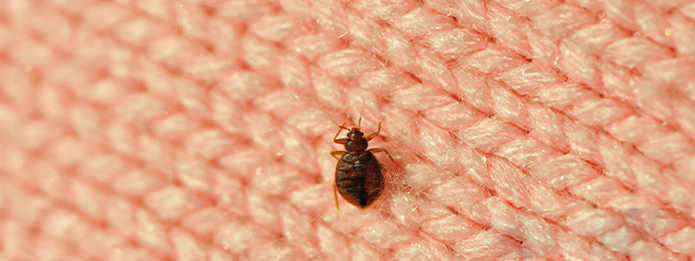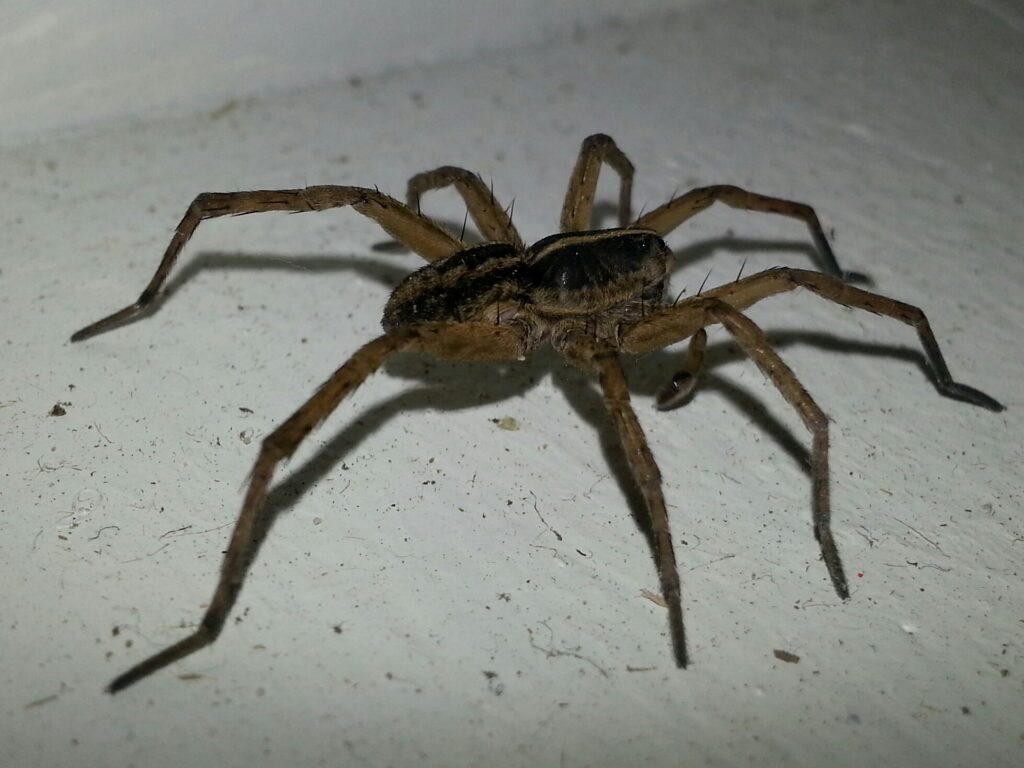 It’s difficult to say what two-word combination evokes the highest concentration of dread in society, but “bed bugs” has to be near the top of the rankings. These bugs spread quickly and convert every corner of your home into a potential breeding ground. Encountering them in your home should lead to an immediate call to a bed bug control services company like Truly Nolen.
If you don’t know how to identify bed bugs, though, it’s almost impossible to get rid of the pests quickly. Luckily, when you’re armed with some basic bed bug information, you can take prompt action to the problem from your home.
It’s difficult to say what two-word combination evokes the highest concentration of dread in society, but “bed bugs” has to be near the top of the rankings. These bugs spread quickly and convert every corner of your home into a potential breeding ground. Encountering them in your home should lead to an immediate call to a bed bug control services company like Truly Nolen.
If you don’t know how to identify bed bugs, though, it’s almost impossible to get rid of the pests quickly. Luckily, when you’re armed with some basic bed bug information, you can take prompt action to the problem from your home.
What Are Bed Bugs?
Bed bugs are tiny parasitic insects that feed on animal blood. Typically, this feeding occurs at night when the victim is less likely to be aware of any bites on their skin. While bed bugs don’t usually spread communicable diseases, they can harm your health. Should a town or city experience a widespread bed bug infestation, the area could experience a sudden and severe economic impact, too. Visually, bed bugs are small and rust-colored. Unfortunately, that description fits a variety of bugs, such as carpenter beetles. This visual deception is often to the bed bugs' advantage as it's easy to dismiss their presence. Then, before you even realize it, the infestation has spread throughout your home or places you’ve visited. Beyond the color and size, the other key bed bug identifier is their shape. They tend to be long and oval-shaped, similar to an apple seed. Their bodies can be either flat or bulbous depending on how recently they’ve fed.What Are the Signs of a Bed Bug Infestation?
It’s become commonplace to think that bed bugs only thrive in dirty or unsanitary environments. While they prefer warm environments that provide a variety of hiding spaces, bed bugs can live almost anywhere. This means your spotless bedroom may not be enough to keep bed bugs away. Generally, there are two ways to detect the signs of bed bugs. The first way is through their bite. Bed bug bites are generally painless but can become itchier with time. These bites are known to occur around ankles, wrists, or other bits of exposed skin. The resulting welts are often clustered in a general line, and each bite lacks the red spot that is more common with flea or mosquito bites. However, bites alone won’t make it easy to diagnose the issue as one related to bed bugs. To confirm this hypothesis, you’ll also need to identify some of the common visual indicators of their presence:- A musty odor that emanates from their scent glands
- Bloodstains on your bedding, pillowcases, and sheets
- Dark, rusty excrement on sheets, bedclothes, and near common hiding places like outlets
- Tiny egg shells or shed skin on the folds of your mattress, near outlets, or in other hiding spots

